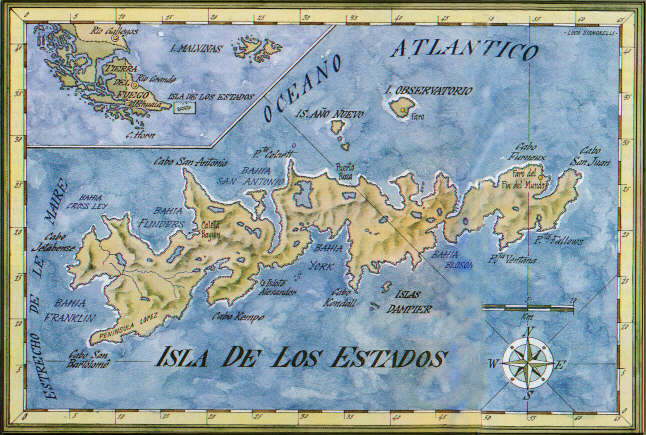
It is known that this activity was originated in the northern hemisphere by the Inuits, Eskimos and other peoples in those areas, however we must also recognize that our indigenous people also navigated these dangerous waters in the south.
The Yamanas crossed the dangerous Strait of Le Maire in their fragile canoes.
They called it “Chuanisin” (Place of Abundance”). Testimonies of these visits were recorded in 1982 by archaeologists and anthropologists in Crossley Bay.
Today the same connection will take place. An ancient navigation through virgin territory like thousands of years ago, the man, his craft and nature in its purest essence.
Our kayaks have evolved in material and design, however the way of sailing has not changed.
Production techniques can be refined but it is essentially the boat that gives the kayaker the sensation of having an extension of his body and not one more element to navigate, an intimate and unique form of travel on the water.
In this voyage, like hundreds and thousands of years ago, we are other Fueguians that venture out on a boat of no more than 6 meters in length, to cross the dangerous Le Maire Strait, the required route to” Chuanisin”, like our brothers Yamanas did before.
This has a strong symbolism because though being now extinct, they traveled these magnificent waters in a not very distant time in history, considering that the population was still of a few thousands in 1880.
Le Maire currents are now as strong and dangerous as they were for the Yamanas, and rocky coasts of the Isla de los Estados are just as rugged and frightening as they were for hundreds of adventurous explorers who described them in their writings with terror.
Such a treacherous and difficult territory was thought for the construction of a prison in late 1800 to confine the most dangerous prisoners, knowing that if they achieve escape had scarce resources in the barren land and deadly waters.
A recent history still in these places, and the love of a Fueguian for their land and the respect for the wild and untamed essence of his country, survives intact despite the inevitable passage of time..












No hay comentarios:
Publicar un comentario